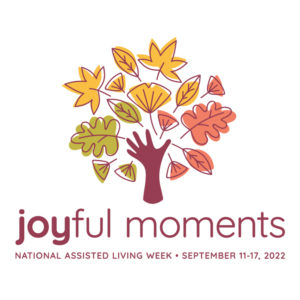Navigating Current Assisted Living Trends
What It Means for Senior Care Providers and Older Adults
The senior care industry is constantly in flux: We are navigating cost increases, recruitment and retention concerns, and the demands of a consumer–driven market. While these are challenges, they also present opportunities for us to innovate, adapt, and better meet the needs of older adults in our community.
If you work in aging services, tune in to these opportunities to best serve older adults in your community. We believe that all of us—nonprofit senior care providers, community members, local organizations, and others—are called to join together to share ideas, create, and deliver the best possible solutions for our local communities. These are just a few of the trends impacting Assisted Living at McGregor and other senior living providers across the country:
Rising Costs of Assisted Living
It comes as no surprise, but the costs of senior care are rising. According to Brighthouse Financial, by 2030, both nursing home and assisted living costs will rise by more than 35 percent—and the expense of assisted living is rising more rapidly. This forces senior care providers to creatively look for ways to reduce costs, but also drives us to deliver an incomparable assisted living experience that is worth the investment of older adults and their families. At McGregor Assisted Living, we are focused on helping older adults live their best lives—finding fulfillment every day without the stress and responsibilities of living on their own.
Consumer Demand for Luxury Living
Older adults have strong opinions and desires for what their aging experience will be like—and for many, the key word is luxury. More adults want to spend their retirement enjoying high–end restaurants, movie theaters, wine cellars, golf courses, and other amenities, all at their doorstep. They also want unique housing choices: Senior care communities across the country are beginning to incorporate small home models, tiny homes, or co–op living options. While these types of large–scale changes will take time, assisted living arrangements will be a major area of change in the coming years.
Industry Demand for Direct Care Workers
As the population of aging seniors continues to rise, so does the demand for direct care workers. Between 2018 and 2028, according to the National Conference of State Legislatures, the direct care workforce needs to fill 8.2 million job openings. These positions are often less desirable to young professionals due to lower pay, unattractive benefits, and fewer opportunities for advancement. Employers must find incentives and career pathways that will attract and retain the skilled workers needed to sustain your services.
How is your senior care organization meeting these trends and challenges? We would love to hear from you. If we can provide any support or additional information, please don’t hesitate to reach out.



